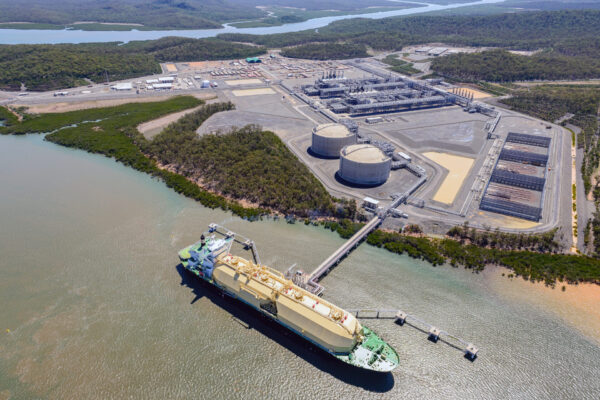Coal Mine Tracker
Methodology
The coal mines listed here are those currently under consideration by the Australian Government, under the federal Environmental Protection and Biodiversity Conservation (EPBC) Act. This includes both entirely new mines and existing mines applying for a major expansion.
This list does not cover all potential new coal mines or major expansions. There are many new coal mines and major expansions that do not appear here because:
- They already have EPBC approval but have not begun operations.
- They may not need EPBC assessment, this is particularly the case for new expansions of existing coal mines.
- They have not yet applied for EPBC approval even though other aspects of project development may have begun, such as state government assessment.
Operating mines often apply to change the conditions of their EPBC approval. At present, such applications are not included in Coal Mine Tracker, but they may be added if there is sufficient data on the emissions implications of the proposal.
All data on coal production, mine life and emissions comes from proponent or government documentation in the EPBC and/or state government approvals processes. Sometimes different figures are published regarding the same mine. Where numbers are inconsistent, we give preference to proponent-published, life-of-mine estimates.
Where estimates of direct emissions are not available, but production estimates have been published, we apply an average rate of 82kg CO2-e per tonne of product coal. This figure was calculated from the total emissions of Australia’s coal sector, as reported in the National inventory by economic sector, and total coal production reported in the Australian Energy Update 2022, Table I.
Where estimates of scope 3 emissions are not available, but production estimates have been published, we apply the conversion factors published by the Intergovernmental Panel on Climate Change based on estimates of Australian thermal and metallurgical coal energy content published by the Department of Industry, Science, Energy and Resources. This results in around 2.6 tonnes of emissions from each tonne of coal burned.
Each mine’s status within state and federal assessment processes is based on terms in the EPBC website, the NSW Major Projects website and the Queensland State Development website. The EPBC and NSW sites each have their own graphics that track a mine’s progress, with six and nine points respectively. Queensland does not publish progress in this way, but we have attempted to equate Queensland’s status descriptions with the nine points in the NSW system to allow a general comparison.

